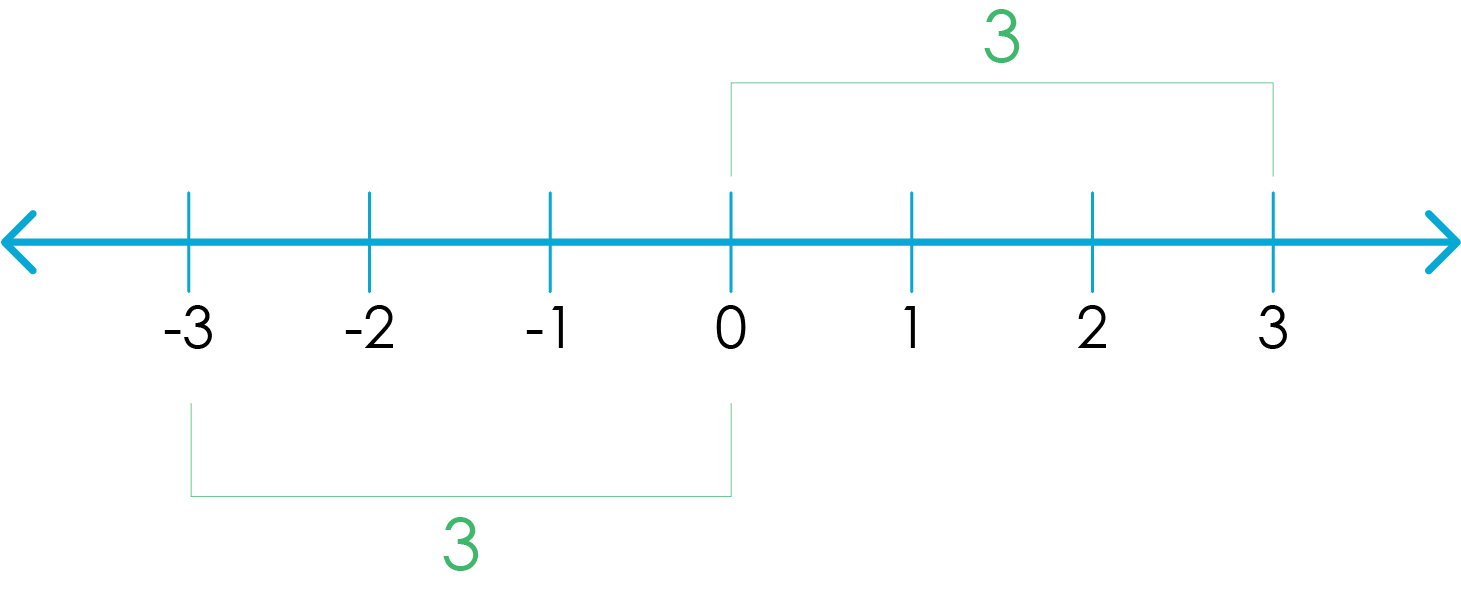The number line is simply a line that is labeled with number values. The number values describe how far to the left or right of zero a point is located on the line.
Zero represents the center of the number line, with positive numbers to the right and negative numbers to the left. Most number line problems involve the distance between two points or a point’s distance from zero.

The absolute value of a number is its distance from zero on the number line. For example, -3 on the number line is 3 units away from 0. The absolute value of any positive number is that same number. Therefore, all absolute values are positive numbers.
In algebraic form, absolute values are represented by two bars. For example, the phrase “the absolute value of -3 is 3” is expressed as .

The steps to solve an algebraic equation with an absolute value in it are simpler than they seem:
Here’s an example to bring it together:
First, divide both sides by as to isolate the absolute value bar expression:
Now, delete the bars and solve normally to get the first solution:
Finally, write the problem again, but multiply the right side of the equation by after deleting the bars:
The variable could be either or .
While practicing (and if you have time during the real exam), it’s a good idea to check your work by plugging in your answers to the original equation and ensuring they match up.
Inequalities can be handled almost the same way as equations. If , then we just subtract from both sides to get . If this problem was an inequality, like , then you would still subtract from both sides and get (i.e. is greater than ).
The only catch with inequalities is that you need to flip the sign when you divide or multiply both sides by a negative number. For example, becomes (i.e. is less than ). We need to divide both sides by to isolate the , but, we also need to flip the sign.
Here’s a chart if you need a refresher on the inequality symbols:
| Symbol | Meaning |
|---|---|
| > | Greater than |
| < | Less than |
| ≥ | Greater than or equal to |
| ≤ | Less than or equal to |
Let’s walk through the steps to solve an absolute value inequality.
Solve for :
First, isolate the absolute value part by multiplying both sides by the reciprocal of the fraction. The fraction is , so the reciprocal is .
Now, delete the bars and rewrite it like normal to get the first solution:
Finally, write the problem again, but multiply the right side by and flip the inequality.
The solution will be equal to or below 2 or equal to or above 8. In other words, x cannot be between 8 and 2.

Sign up for free to take 7 quiz questions on this topic